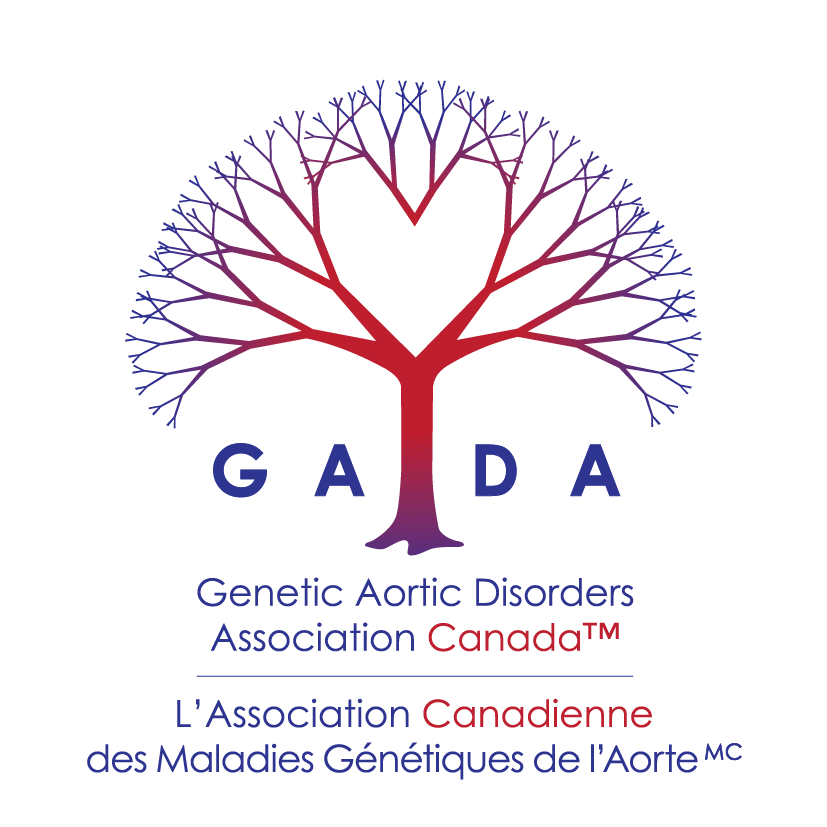2004
Chaperone Therapy for Marfan Syndrome
$47,977 funded by TFF
Dr. Alana Majors
Department of Immunology, Cleveland Clinic Foundation
Marfan syndrome is caused by abnormalities in a protein called fibrillin-1. In patients, half of the fibrillin-1 is abnormal. When there is not enough normal fibrillin-1 in the aorta, it can become thinner over time, until it is too thin to function properly. Even with the best available treatments, patients with Marfan syndrome often have aortic aneurysms that require surgical repair. Unfortunately, ruptured aneurysms are the major cause of premature death in patients with Marfan syndrome. Novel therapies are needed to prevent or postpone the development of aortic aneurysms. Under normal conditions, fibrillin-1 folds into a specific conformation inside the cell and is then secreted outside the cell into the extracellular matrix where it functions. In Marfan syndrome, the abnormal fibrillin-1 may not fold quickly or properly and can accumulate within the cell. This can lead to cellular stress, cell death, thinning of the aorta, and ultimately, to aortic aneurysms.
Therapies aimed at increasing the folding of fibrillin-1 and routing it outside the cell where it belongs may be useful in preventing aneurysms. Chaperones assist in protein folding and increasing their activity may be useful in the treatment of Marfan syndrome. We have employed skin cells and aortic smooth muscle cells isolated from patients with Marfan syndrome to test drugs that increase chaperone activity for their effects on fibrillin-1. We have identified two specific drugs that improve the deposition of fibrillin-1 into the extracellular matrix. Interestingly, the deposition of elastin was also improved, and the abnormal deposition of other matrix components known as mucopolysaccharides was prevented. These results suggest that chaperone-based therapies may be beneficial for patients with Marfan syndrome and that further studies are warranted.
